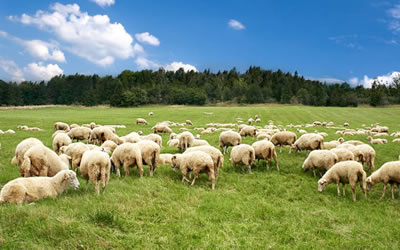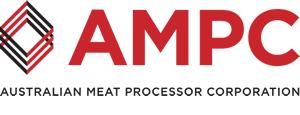- Good animal welfare is not only vital from a moral and ethical perspective, but also for farmers and processors’ productivity, profitability and sustainability. To continually improve the well-being of Australia’s cattle, sheep and goats, the industry invests in research and development to provide tools and knowledge for farmers, transporters and processors.
- Animal welfare research is undertaken on farms, at feedlots and at the processing sites of beef, lamb and goat meat.
- Around 200,000 people are employed in the Australian red meat industry, including on-farm production, transporters, processing and retail activities.
- Australian cattle, sheep and goat farmers, livestock transporters and processors value highly the health and wellbeing of their stock.
- Farmers have an attachment to their cattle, sheep and goats, as they have often raised animals from birth and they know that healthy and well cared for stock also produce better quality, beef, lamb, mutton and goat meat. It is widely acknowledged that consumers want their red meat produced humanely and ethically. As such, Australian cattle, sheep and goat producers are recognised around the world for their animal husbandry and farm management techniques.
The Product
Farmers can sell their cattle, sheep and goats to abattoirs to be processed in Australia for local and export markets.
They can also sell cattle, sheep and goats directly to other producers or feedlots. Cattle, sheep and goats can be sold by auction at saleyards, direct consignment or digital auctions.
Looking after cattle, sheep and goats
Good animal welfare is not only vital from a moral and ethical perspective, but also for farmers and processors’ productivity, profitability and sustainability. To continually improve the well-being of Australia’s cattle, sheep and goats, the industry invests in research and development to provide tools and knowledge for farmers, transporters and processors.
Animal welfare research is undertaken on farms, at feedlots and at the processing sites of beef, lamb and goat meat.
Transportation
Cattle, sheep and goats are transported to abattoirs and meat processing plants where they are unloaded from the truck, grouped in lots and placed in holding yards. All animals are inspected to make sure they are healthy and haven’t been injured during transport and are fit for processing.
Each year in Australia, livestock transporters carry nine billion head of cattle, sheep and goats from farms to abattoir









